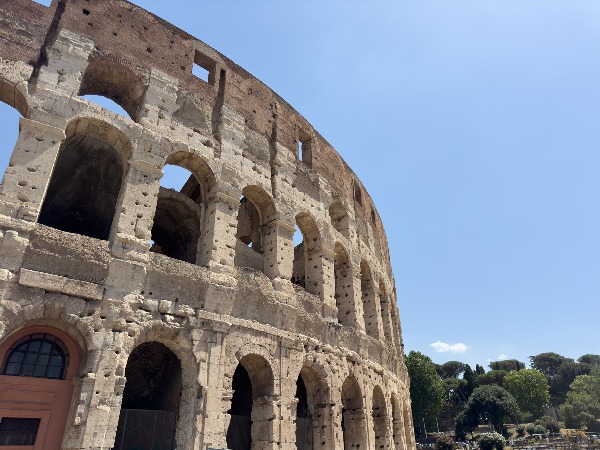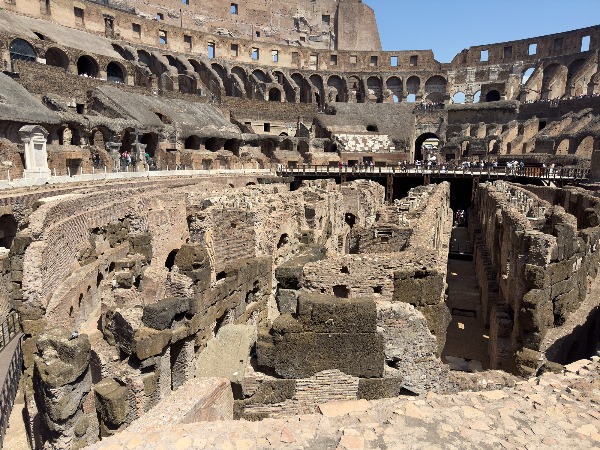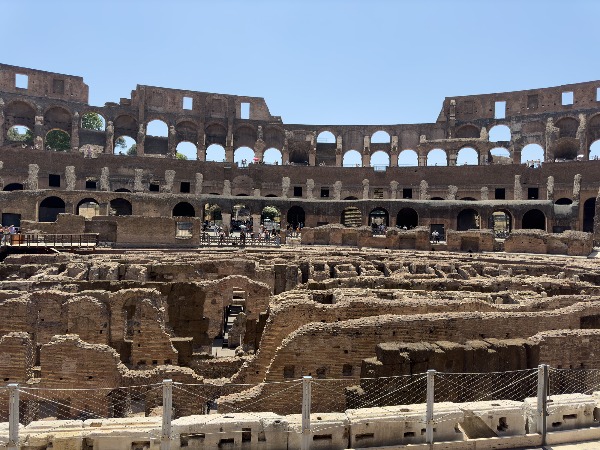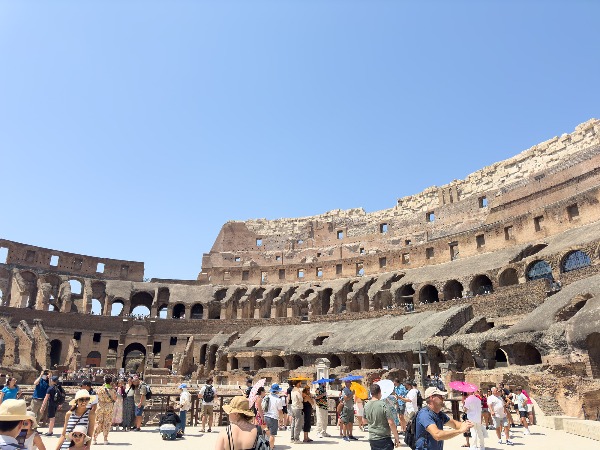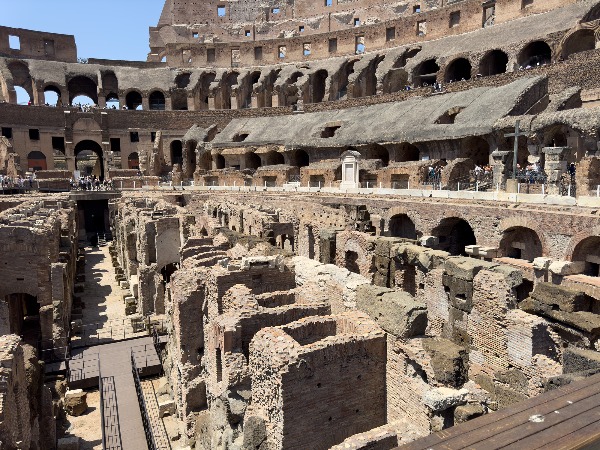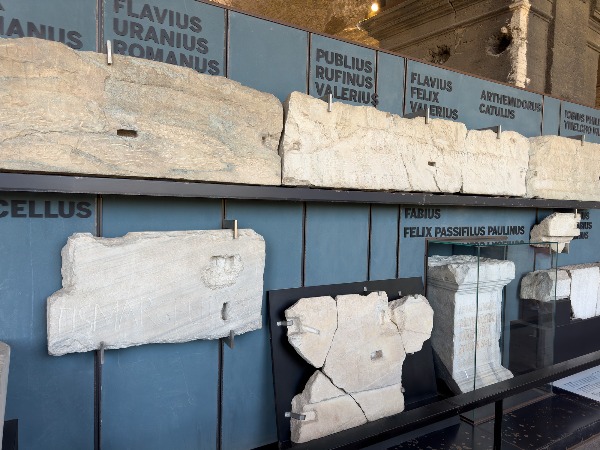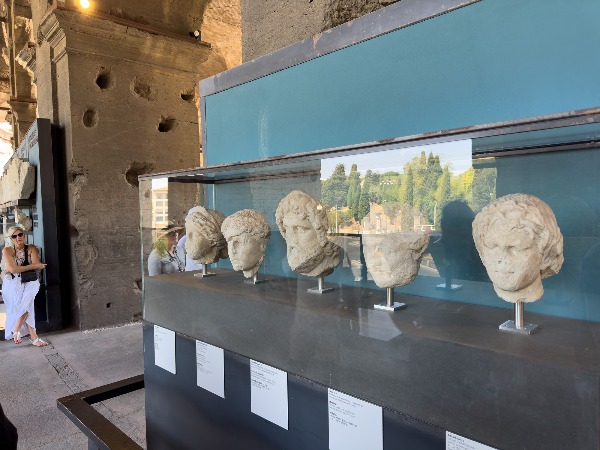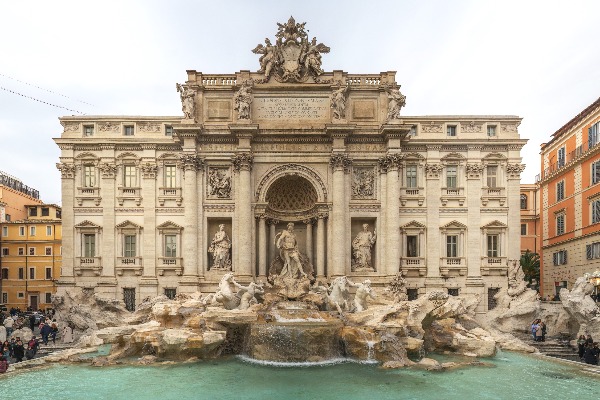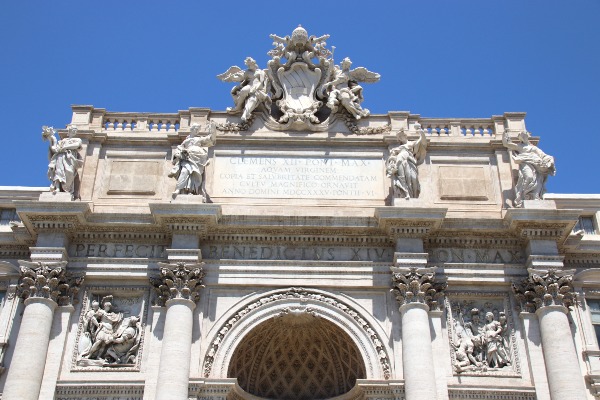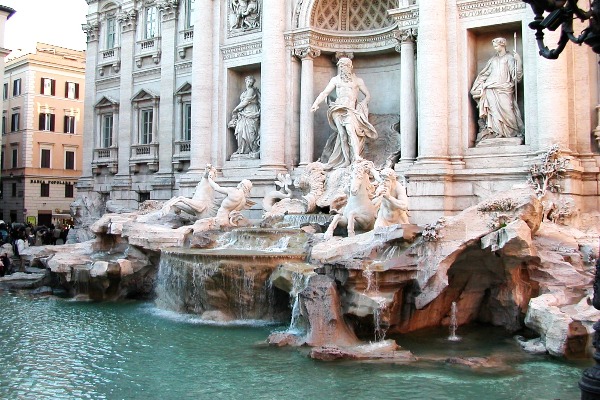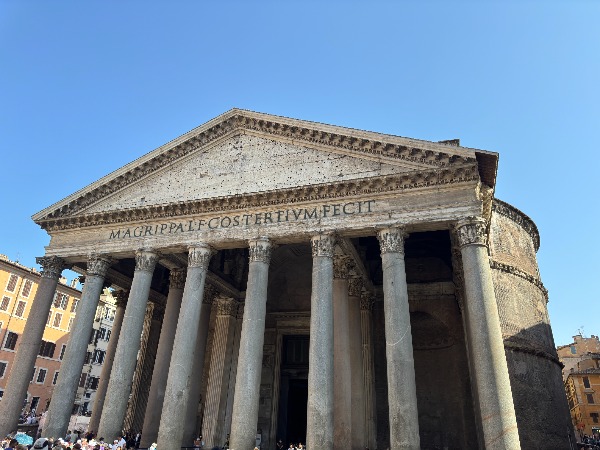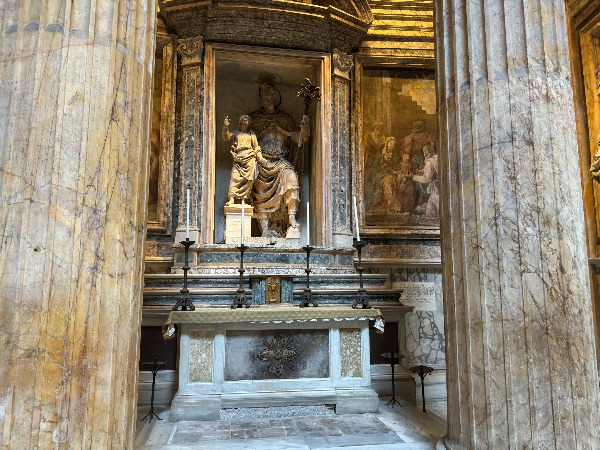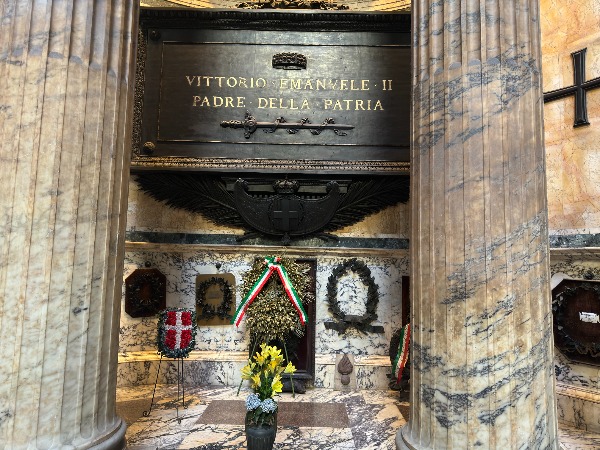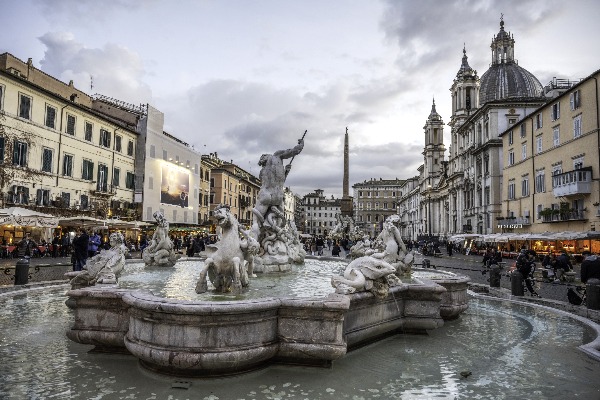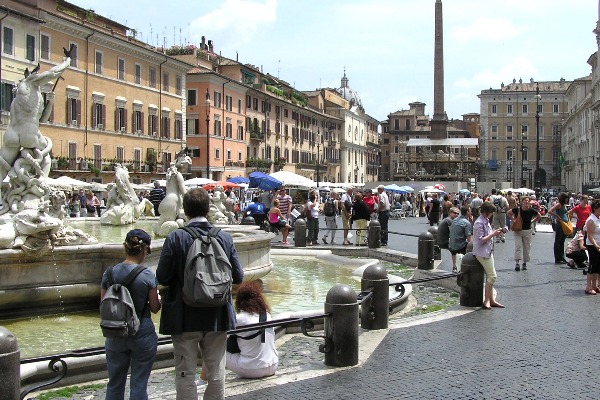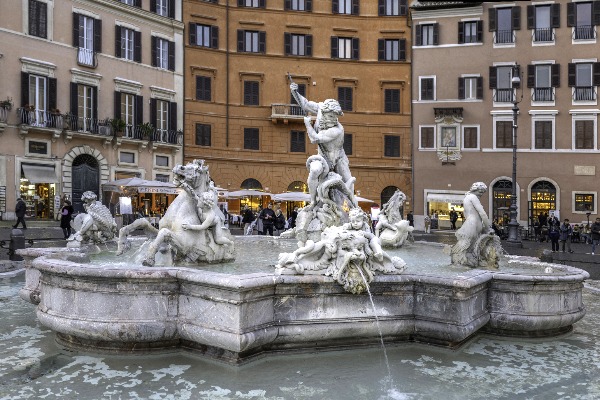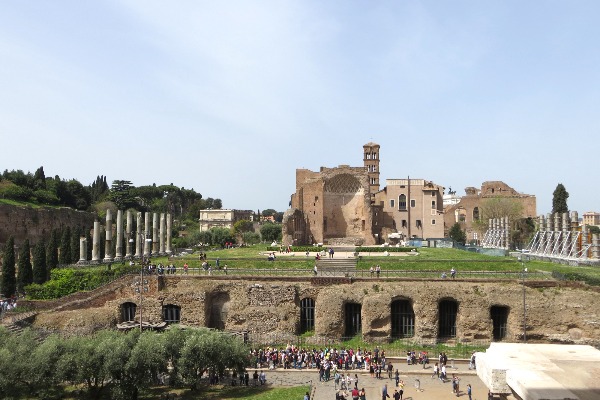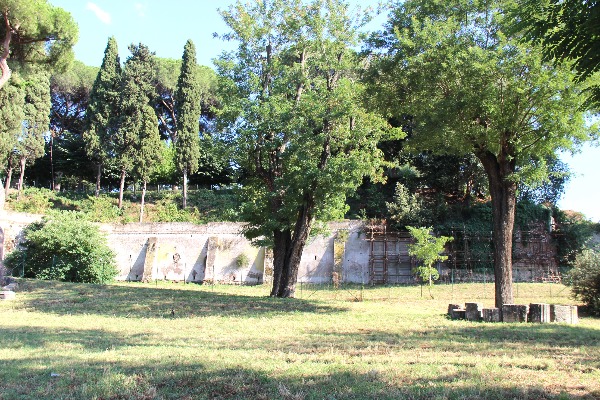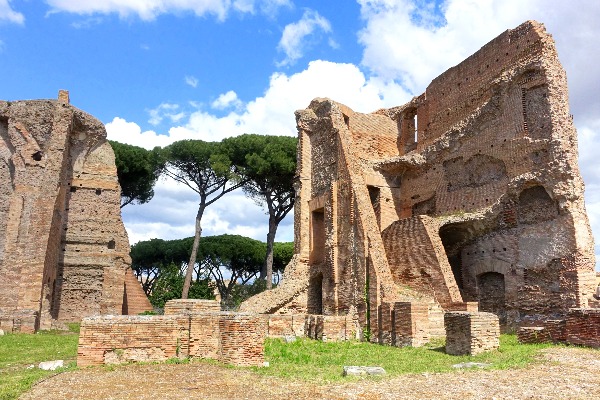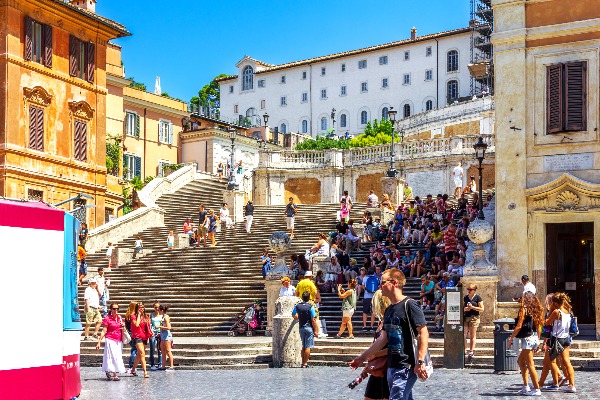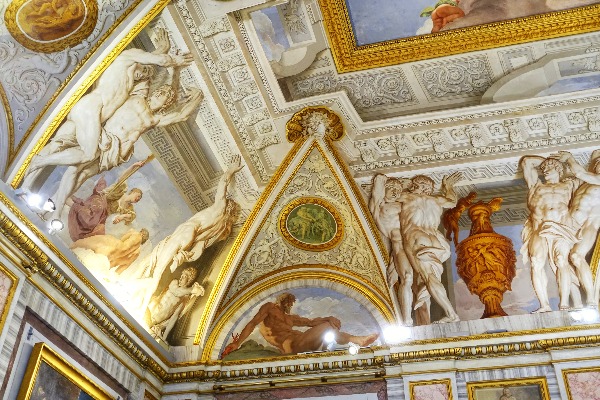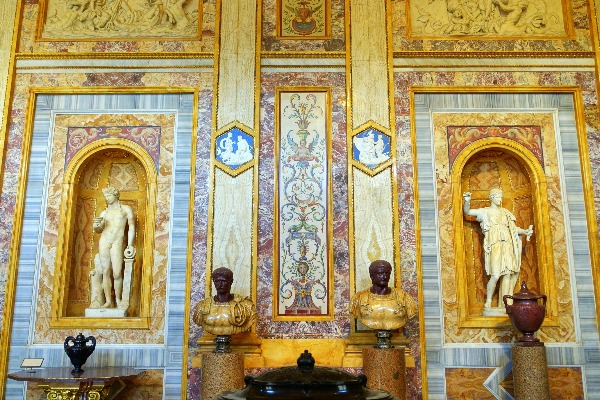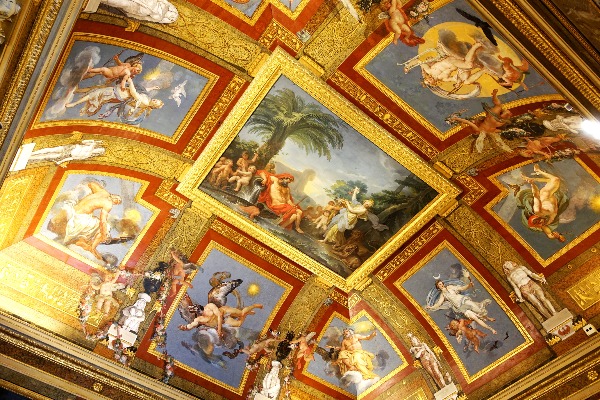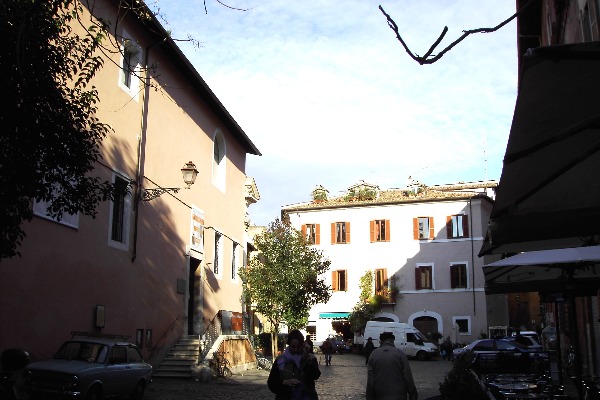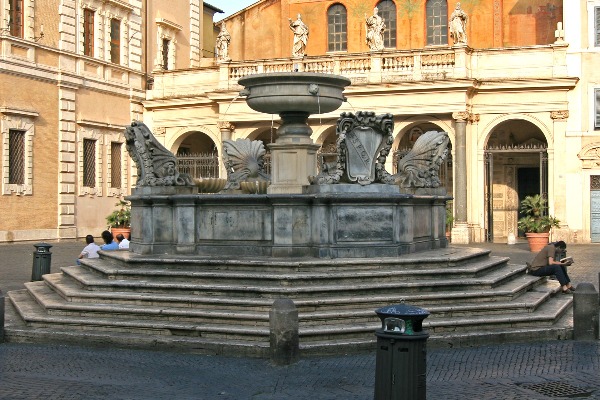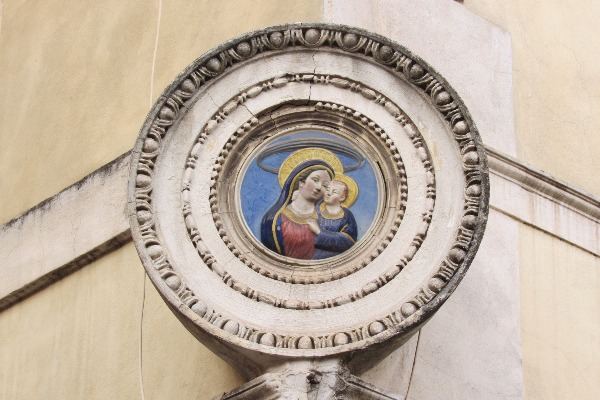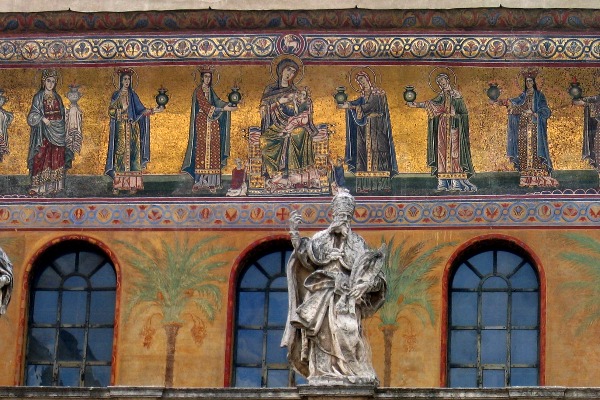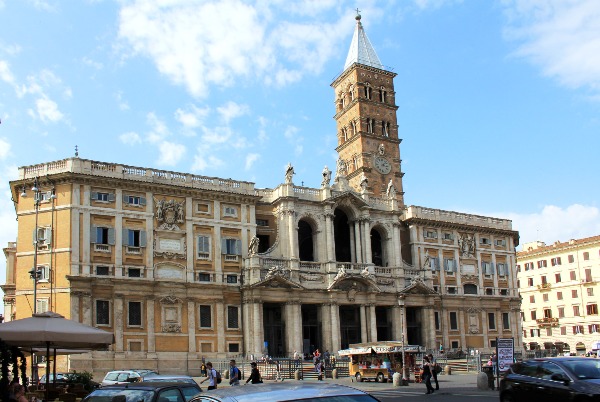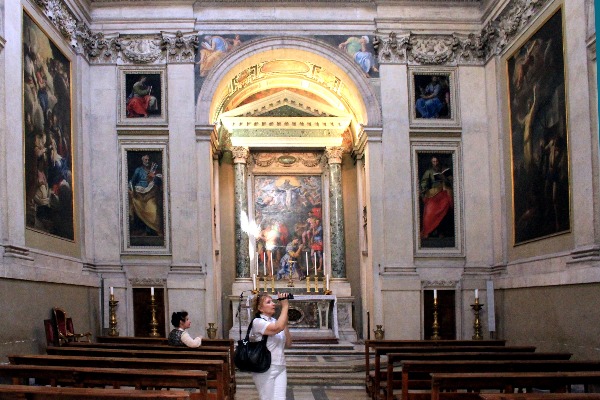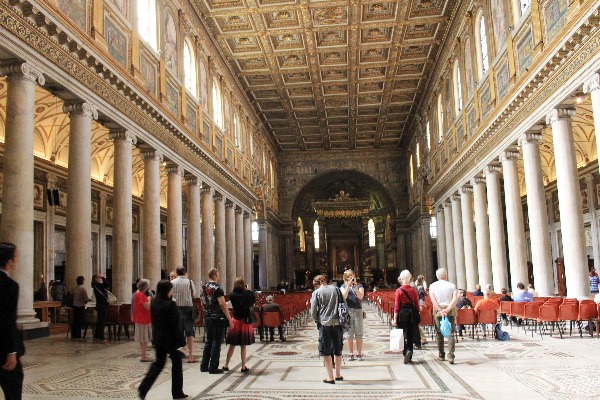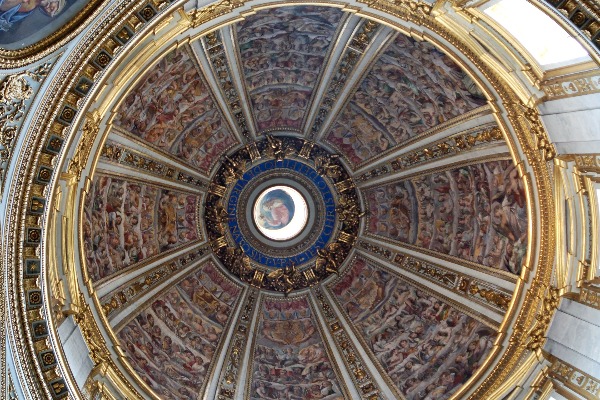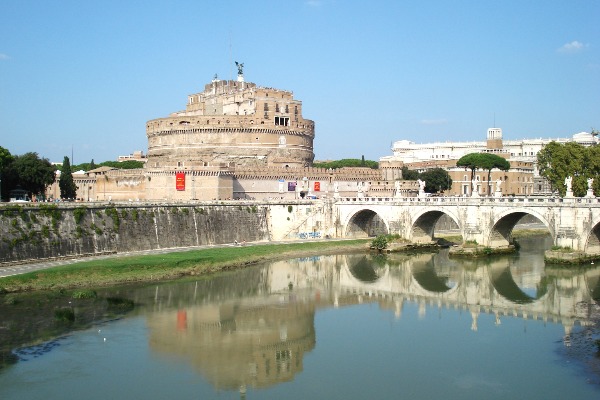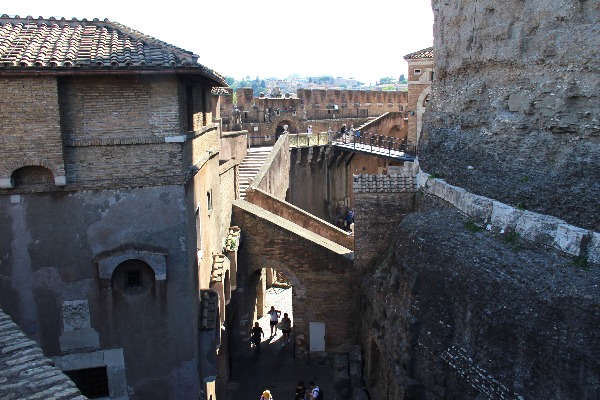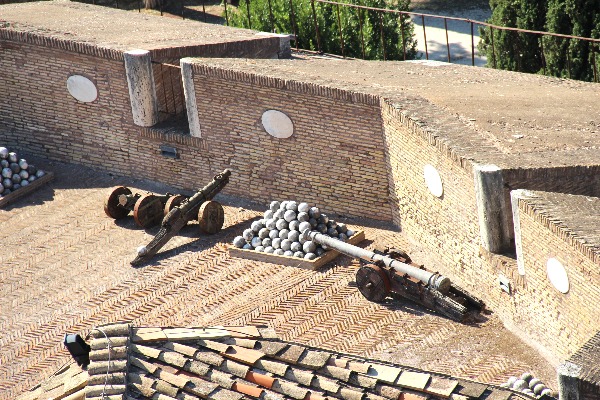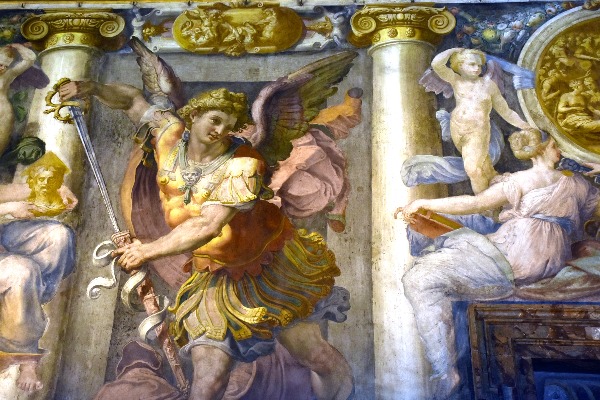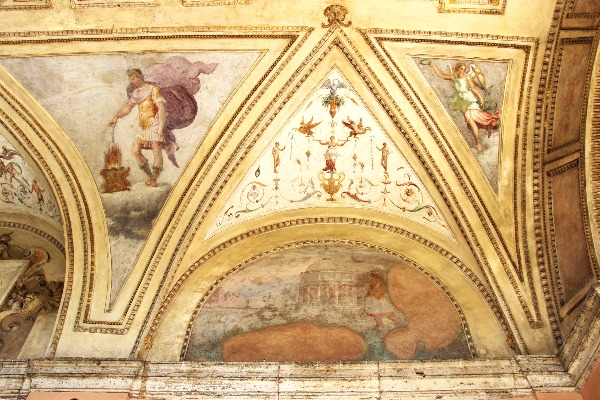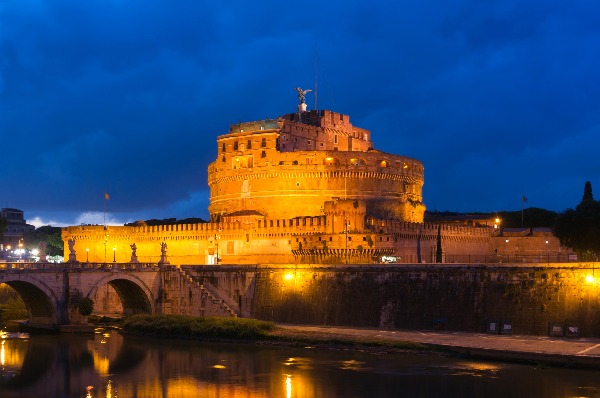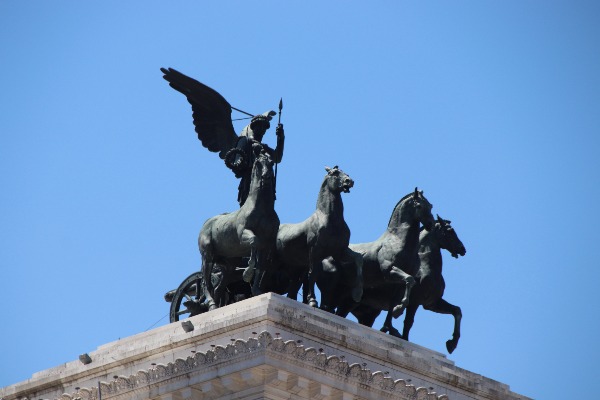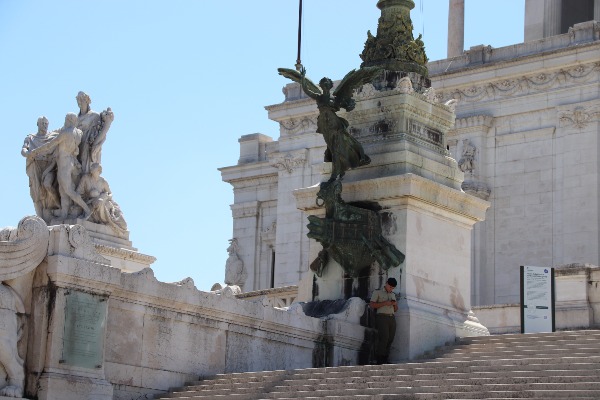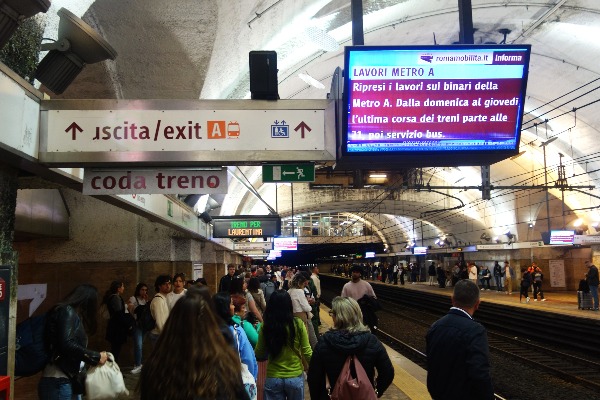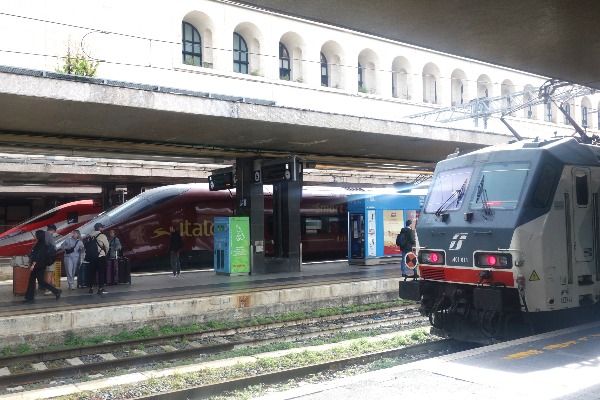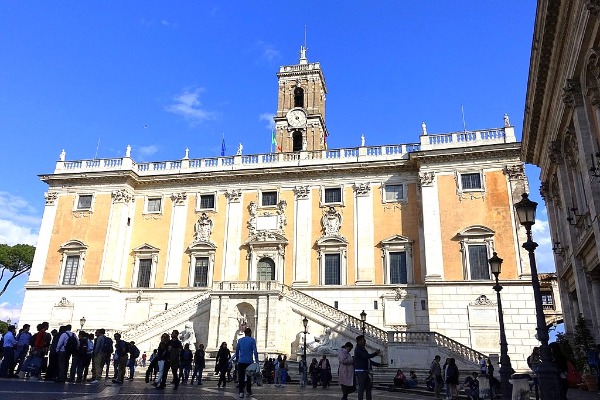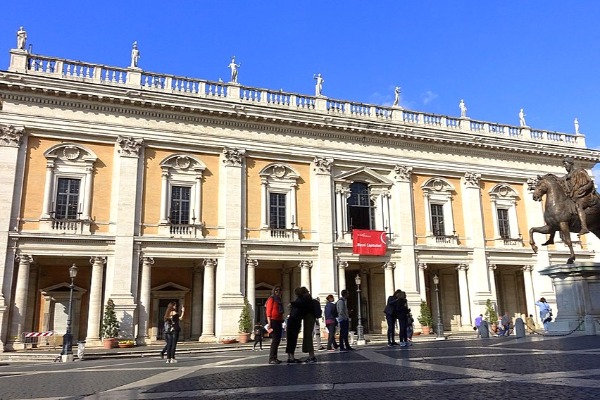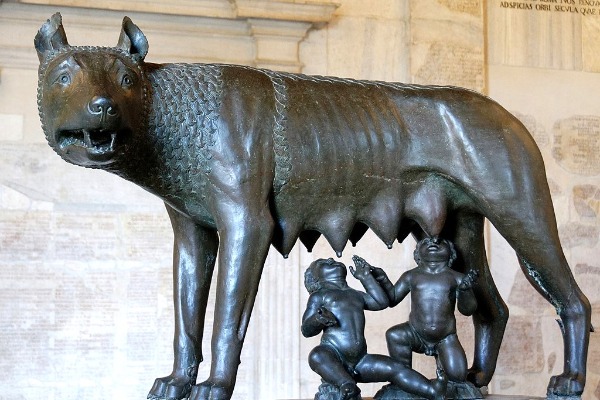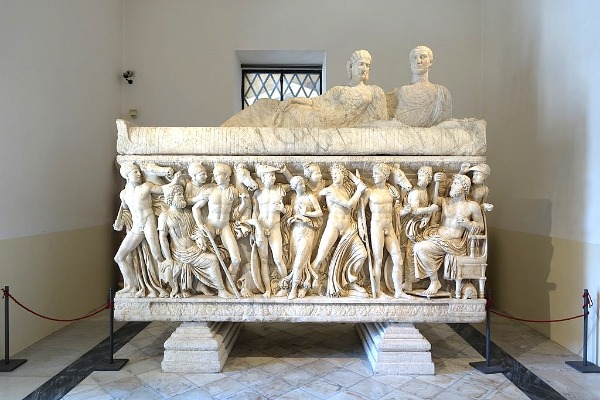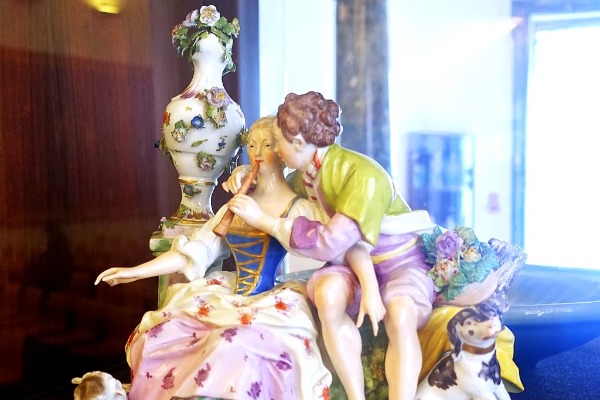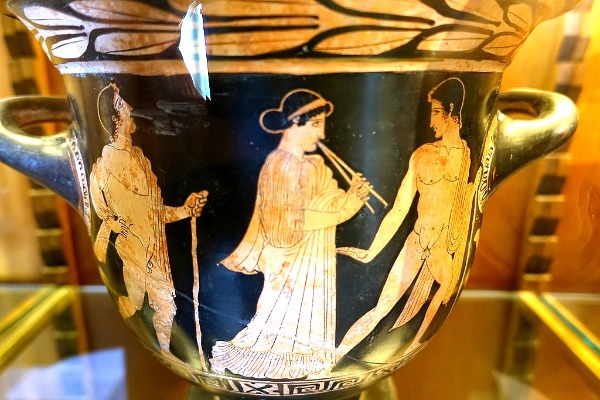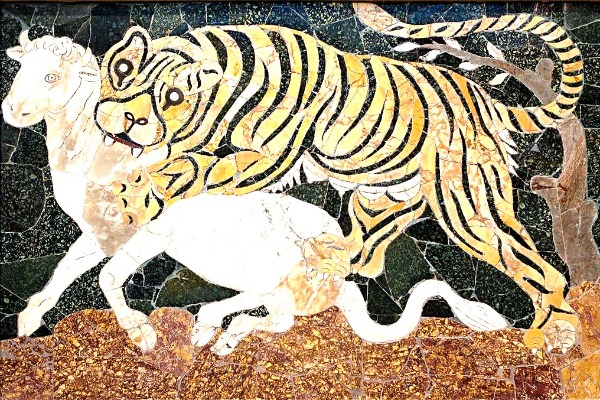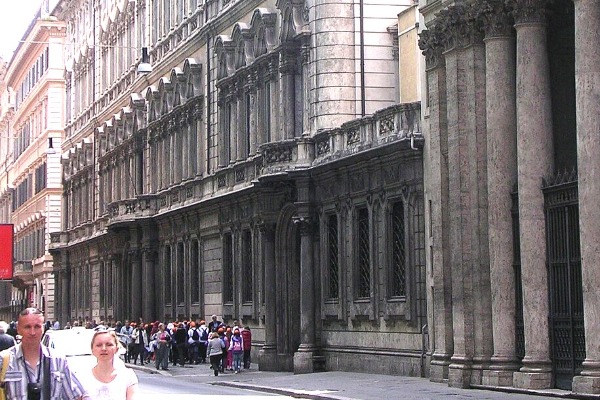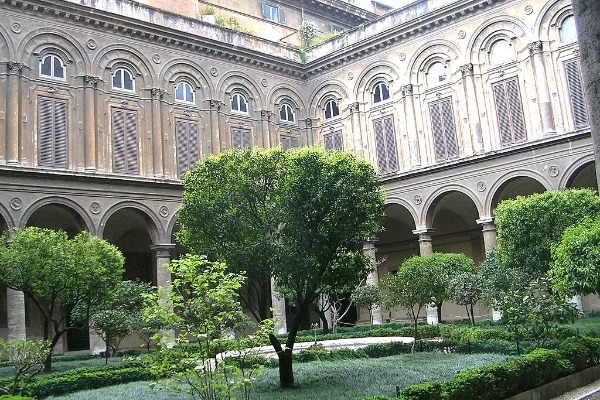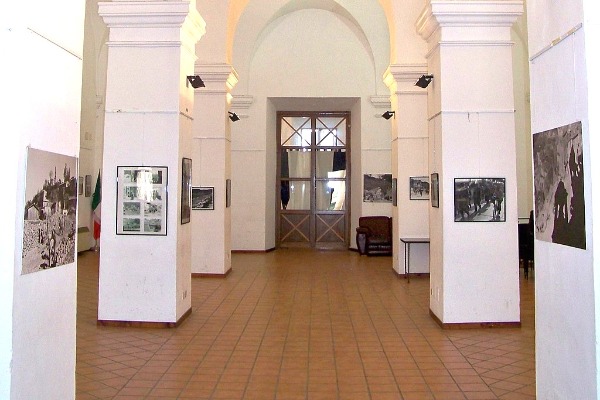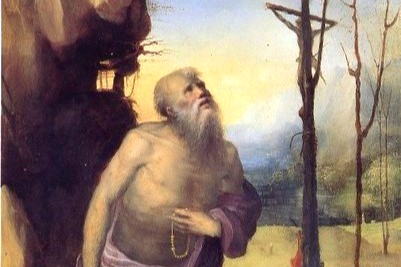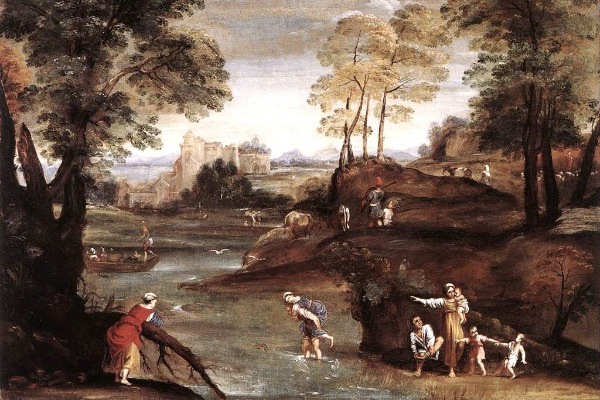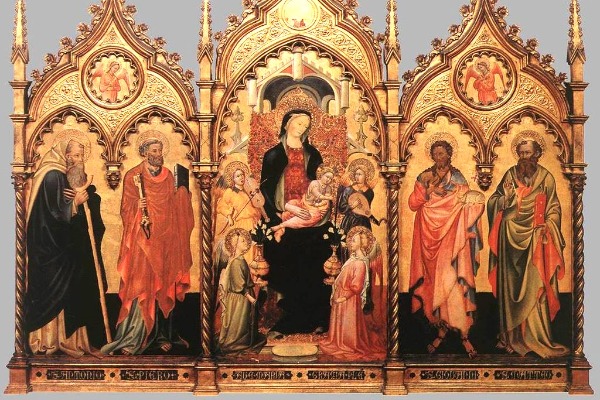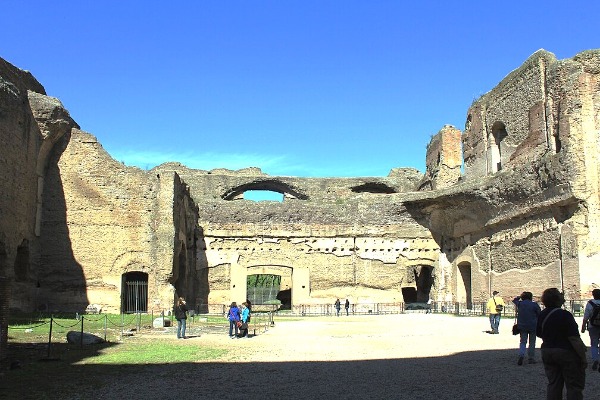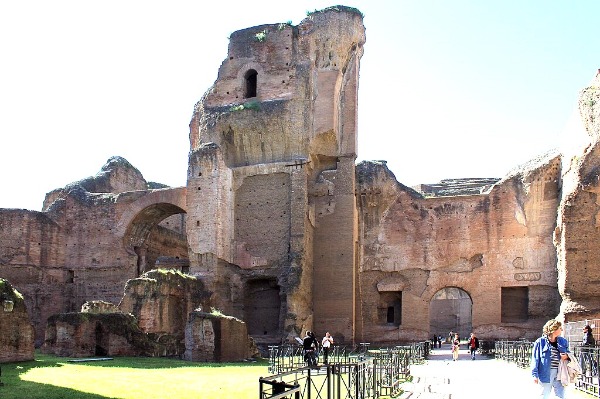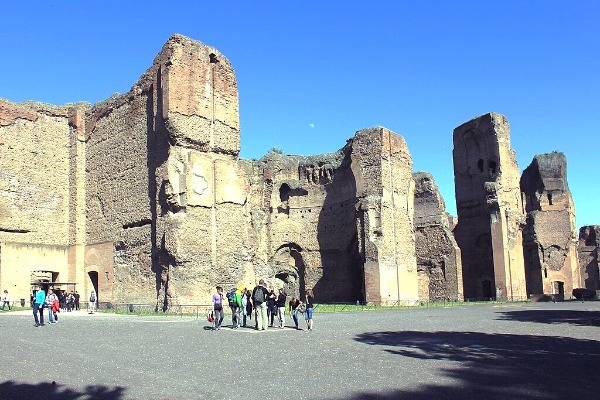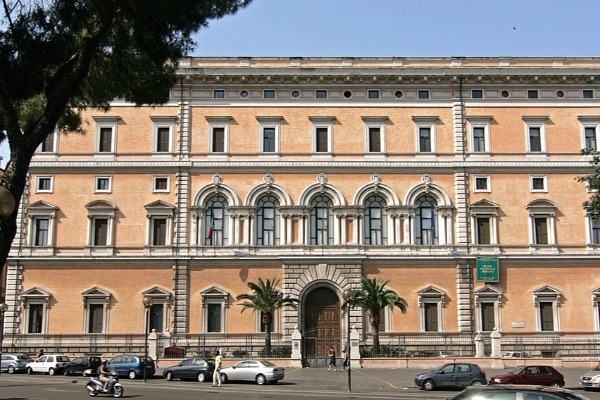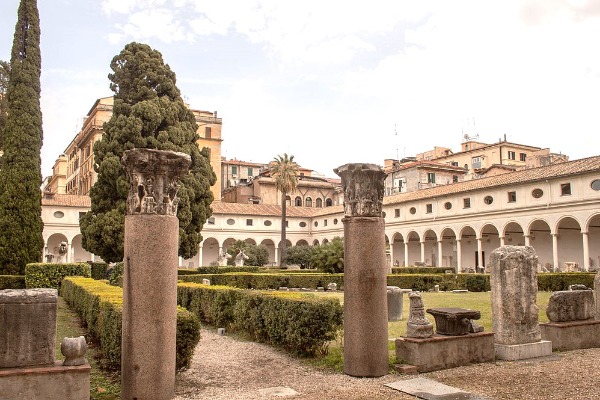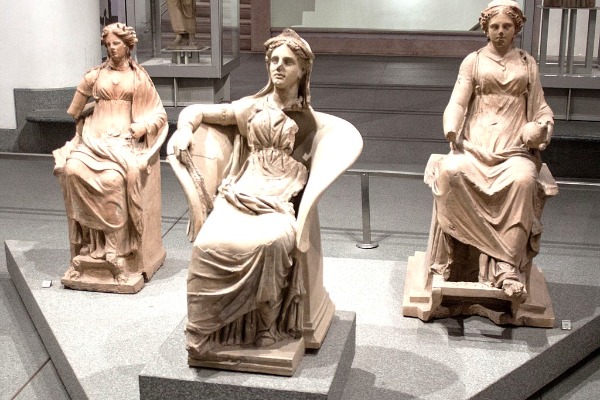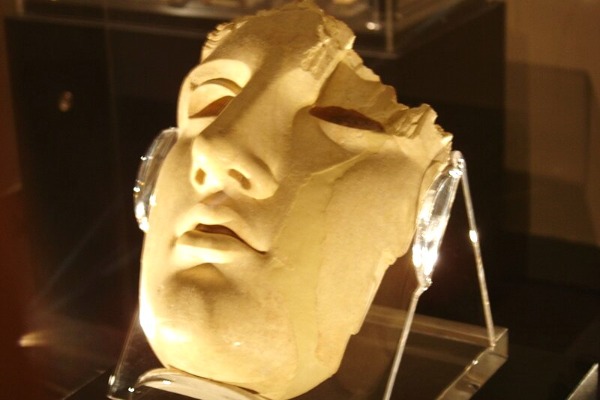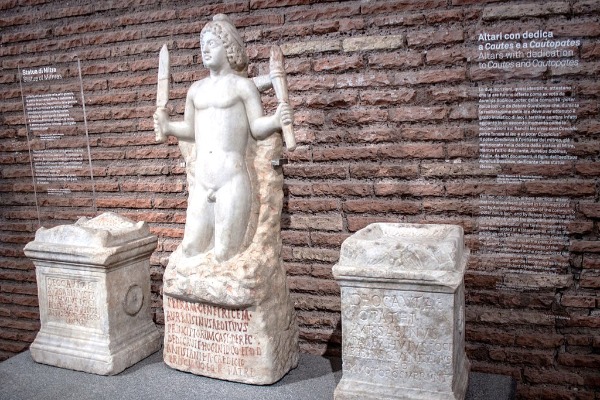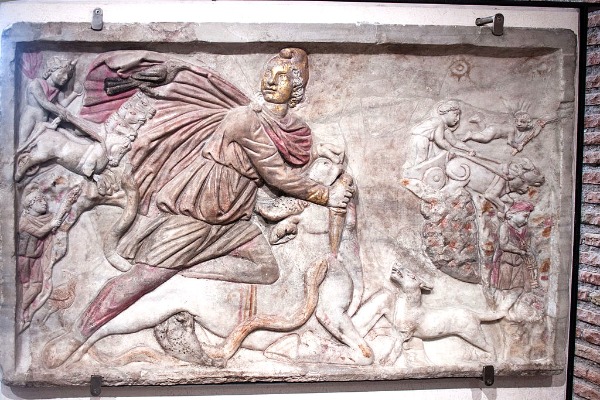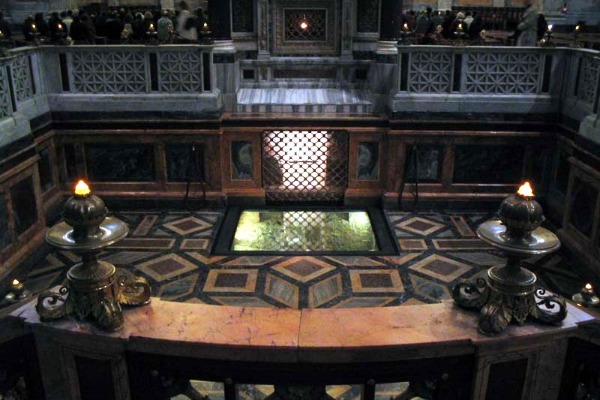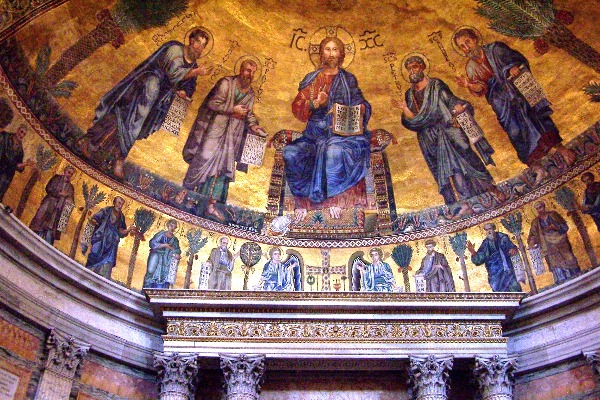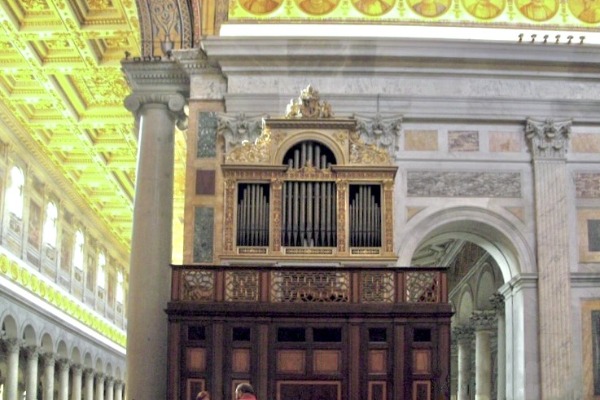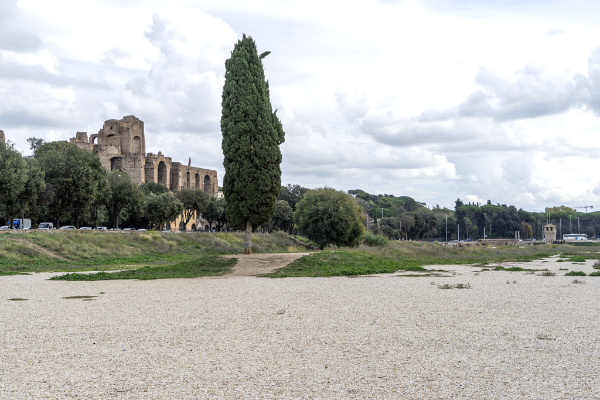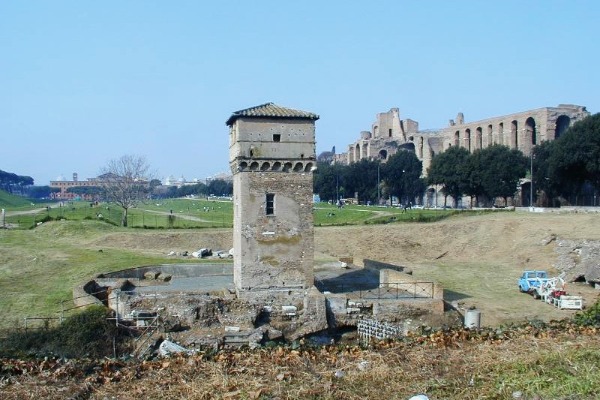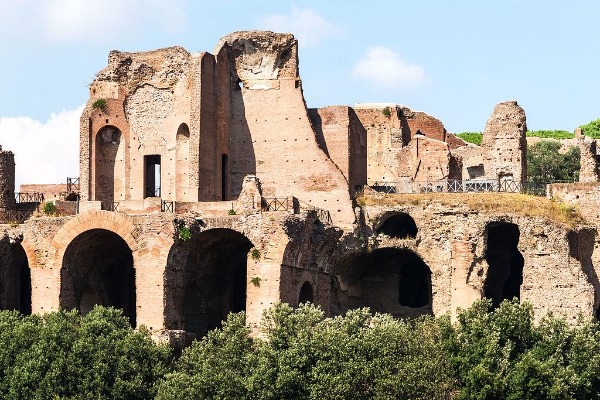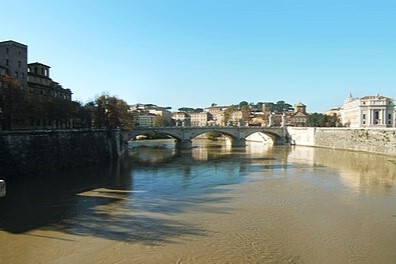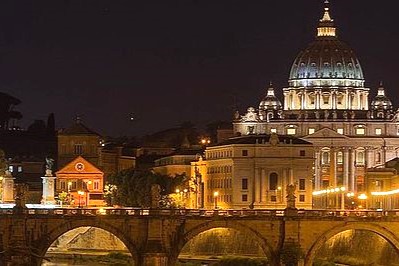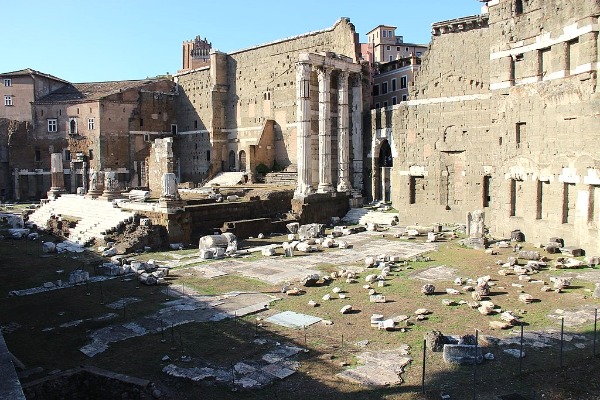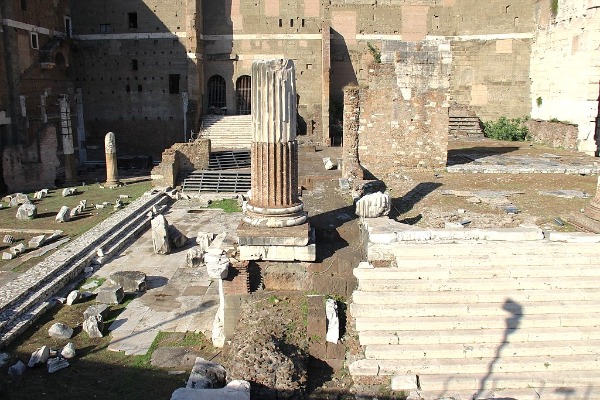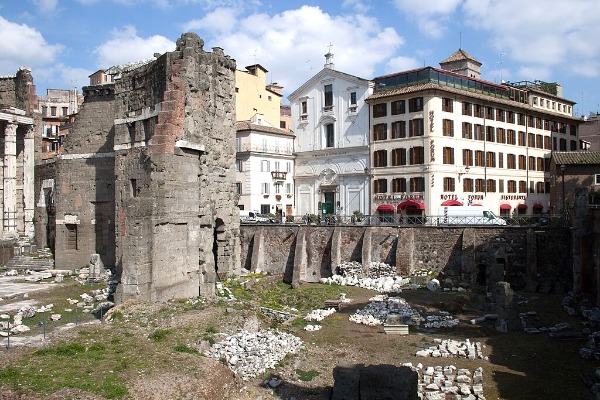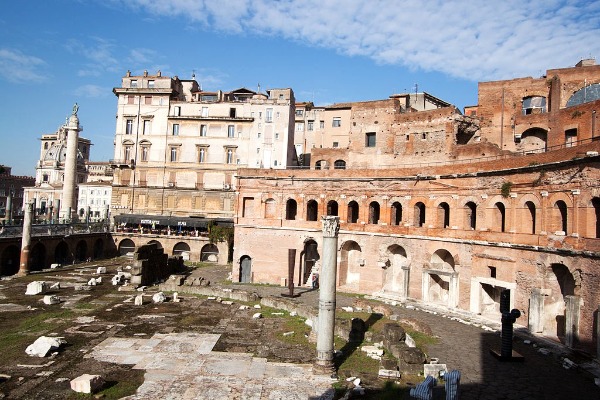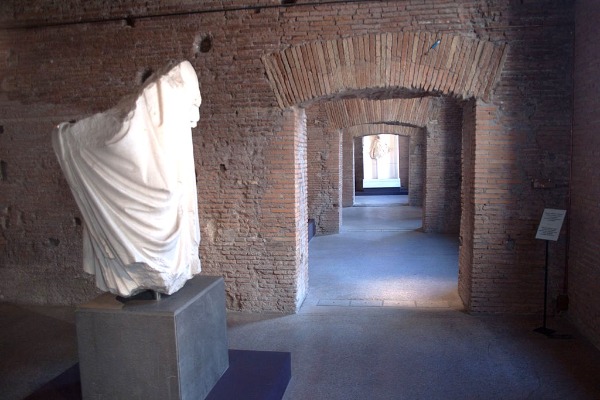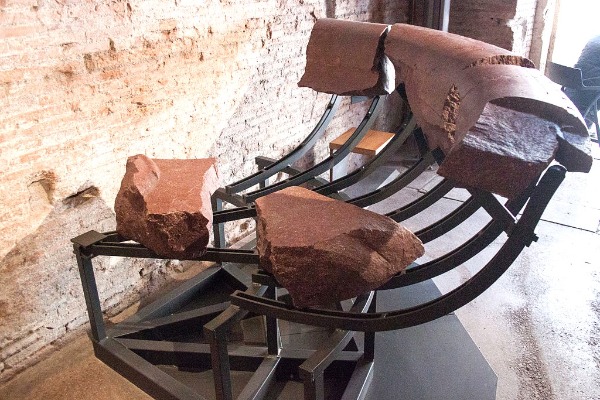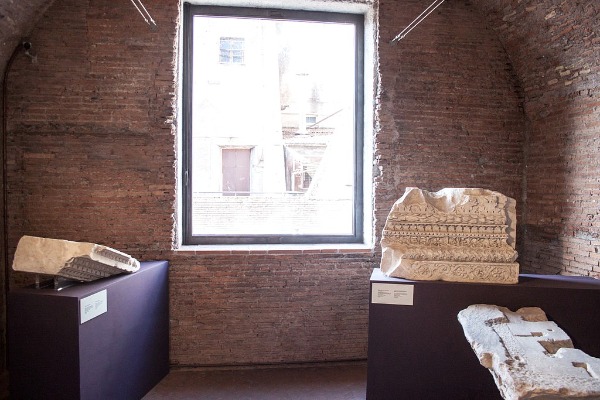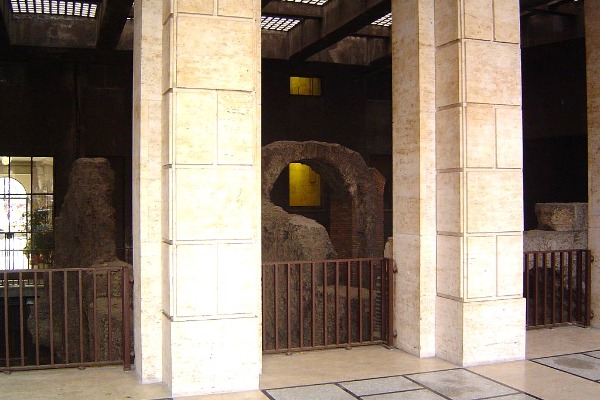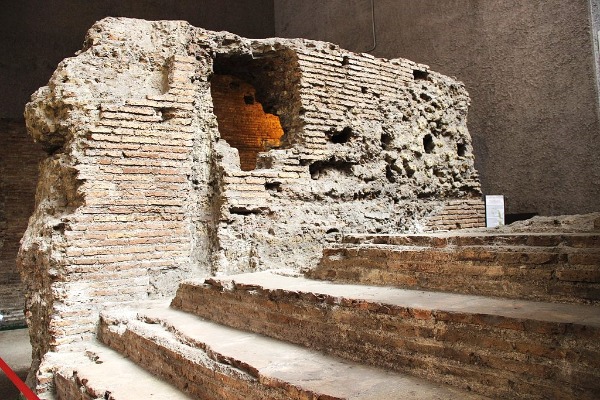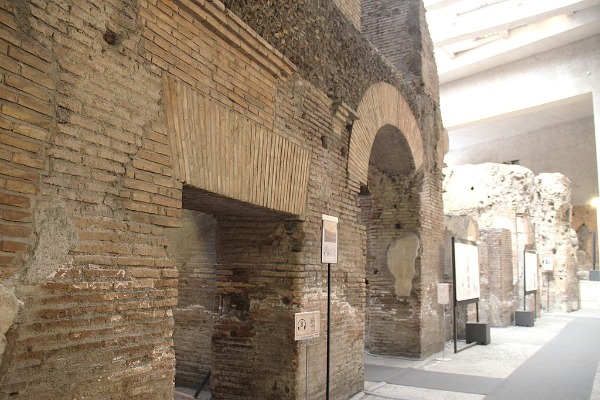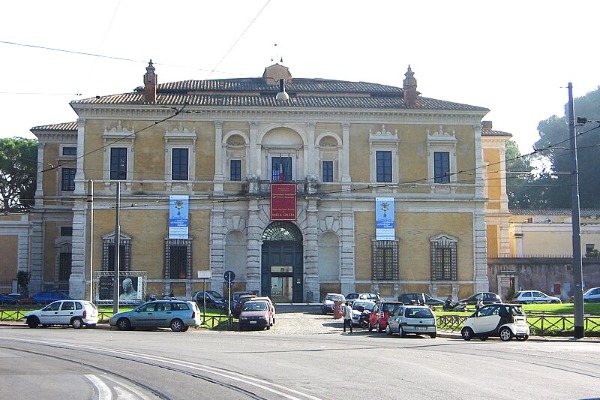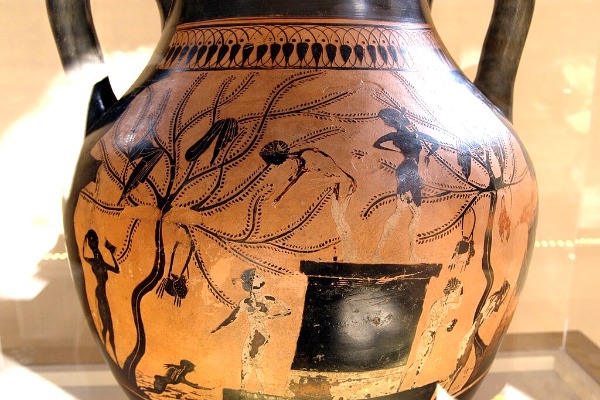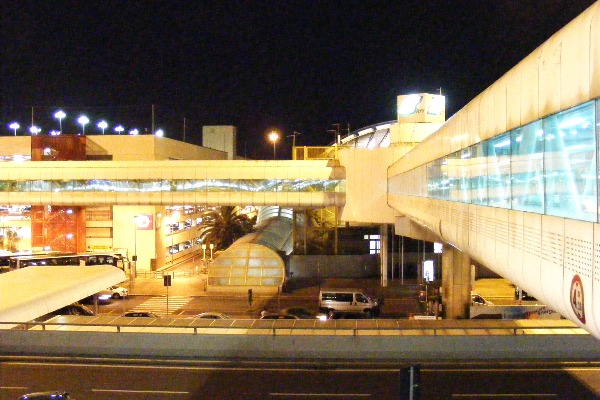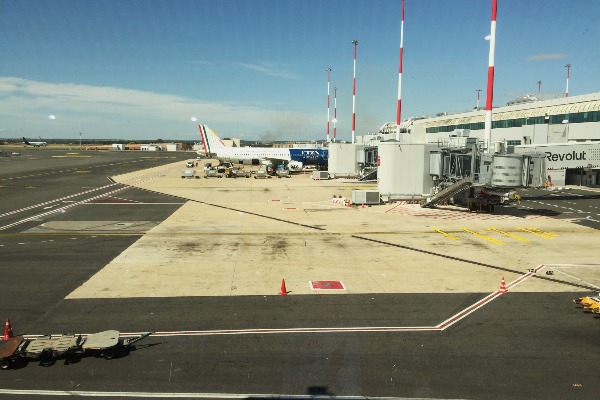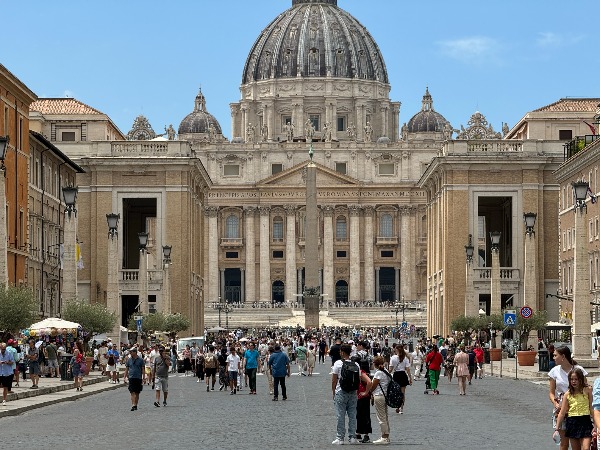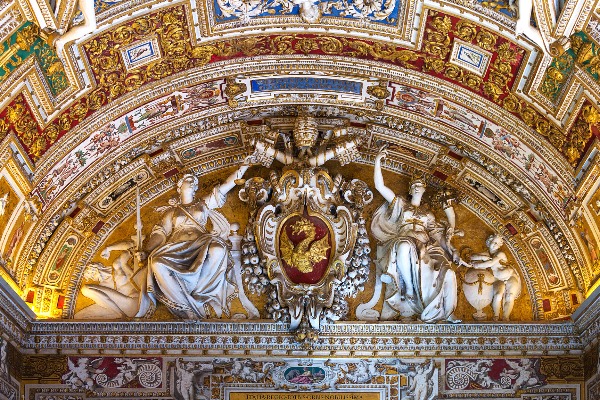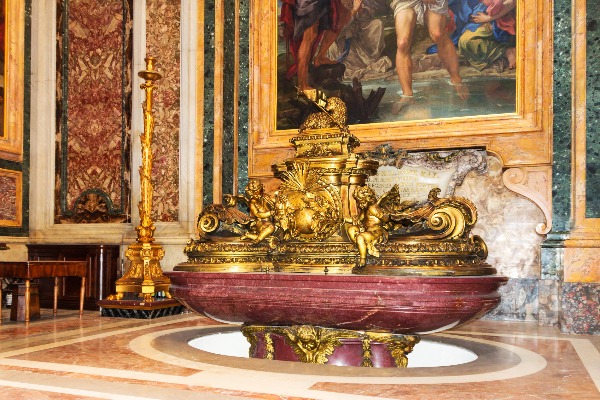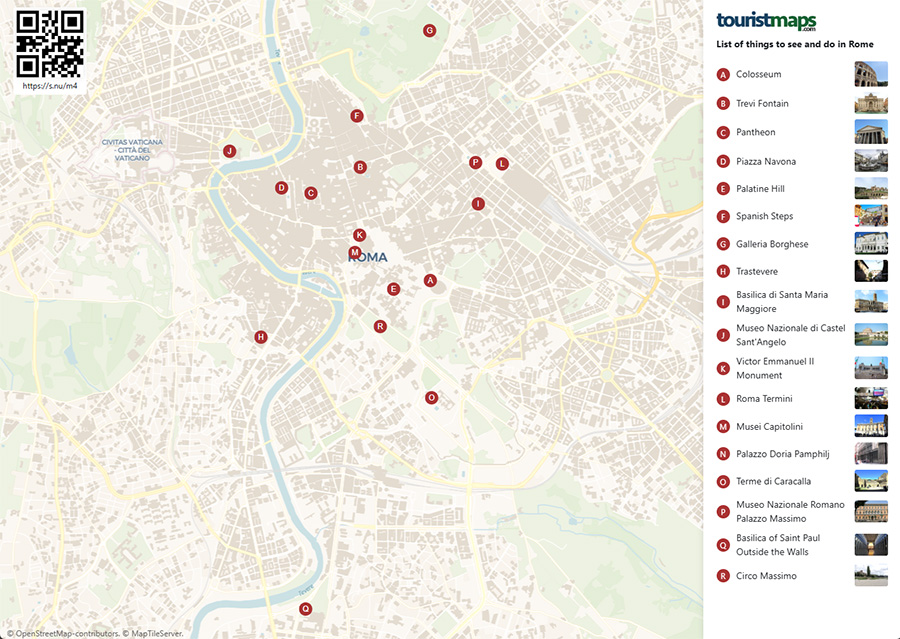
Tourist Map of Rome and Attractions
Rome is full of rich cultural and historical significance, and features many historical and iconic landmarks. Use our interactive map to explore this city.

Rome explained: landmarks & layout
Rome, Italy is an iconic travel destination for its rich history and important cultural significance. Filled with historical landmarks from coliseums to monuments, statues, cathedrals and temples there is a lot to see while visiting and staying in this beautiful city.
To make your tourist experience in Rome easier, view our interactive map to help find your way around. This map not only highlights the city’s most important tourist landmarks, but you can also click on each attraction to learn more details about nearby hotels and other popular attractions.
The map is free to download, and the perfect solution in any case you go offline. Print a copy for yourself and take it with you wherever you go.
Exploring tourist attractions in the districts of Rome
Two of the most important places to visit while visiting Rome are the districts of Centro Storico (Historic Center) and Monti. Viewed by many as the heart of Rome, Centro Storico is filled with many popular tourist landmarks including the Piazza Navona, Pantheon, and Trevi Fountain. By taking a 15-20 minutes walk further to the north you will also find the Spanish Steps that lead up to the Galleria Borghese, surrounded by its stunning Villa Borghese gardens.
Head in the opposite direction, and you will find the district of Monti. It offers an attractive blend of ancient and modern attractions. These include the world-famous Colosseum, the Roman Forum, and Basilica di Santa Maria Maggiore. The district is also home to a host of world-class shopping outlets, restaurants, popular cafes and bars.
Meanwhile, located on the other side of the Tiber River, is the district of Trastevere. This area is known for its cobblestone streets and vibrant nightlife that includes authentic Roman cuisine, and many local trattorias and bars.
Further to the south of the city you will find Basilica of Saint Paul Outside the Walls. One of four major papal basilicas and a major site of Christian pilgrimage, this part of Rome is easily accessible by public transport, including the city metro and its bus lines.
Transportation options for tourists in Rome
Rome is a very walkable city for tourists as many of its most popular attractions are located within a short distance of one another. However, for longer distances the city’s public transport system provides a number of reasonable alternatives.
Rome’s metro system offers three lines, with the A (orange/red) and B (blue) lines being the most frequently used by tourists. The metro train runs approximately every 5-10 minutes until 11:30pm and offers connections to most of the popular sites for tourism including the Colosseum and Spanish Steps.
This city also features an extensive bus network that includes more than 8,000 stops over nearly 340 routes. Buses operate regularly scheduled hours until midnight, after which limited service is available. Additionally, tram services and urban trains can be useful means for traveling longer distances such as to the outer boroughs.
As with the case of most major cities, taxi services are also available in Rome. They can be hailed in the street, found at taxi ranks, or booked online or over the phone. To provide an example of the costs of taking a taxi while in Rome, a trip from the Colosseum to the Basilica of Saint Paul might be expected to take around 6 minutes and cost around 20 EUR.
Those coming from out of town should also note that ridesharing services such as Uber are rare and relatively limited while in Rome. Certain premium services may be available however these options are typically more expensive than what it would cost to take a traditional taxi fare.
For modern convenience, locally operated car sharing and bike sharing services are also available. These allow you to rent transportation options for a limited time while you get around the city. Costs will vary dependant upon the service provider.
Landmarks and attractions included on the map
Colosseum
Colosseum in Rome
Trevi Fontain
Trevi Fountain is the largest fountain in Rome, built in the 18th century
Pantheon
Pantheon or the temple of all gods, a monument of ancient Roman architecture
Piazza Navona
Piazza Navona is a public square in Rome
Palatine Hill
Palatine Hill is the central of the seven hills of Rome
Spanish Steps
Spanish Steps grand staircase in the center of Rome
Galleria Borghese
Galleria Borghese art collection of the Italian Borghese family
Trastevere
Trastevere is a district of medieval streets with numerous cafes and bars
Basilica di Santa Maria Maggiore
The Basilica of Santa Maria Maggiore is one of the four papal basilicas
Museo Nazionale di Castel Sant'Angelo
Museo Nazionale di Castel Sant'Angelo is a museum located in the Castel Sant'Angelo, which was originally the burial place of the Roman emperors
Victor Emmanuel II Monument
Victor Emmanuel II Monument monument to the king who united Italy
Roma Termini
Roma Termini railway station in Rome
Musei Capitolini
Musei Capitolini is a museum in Michelangelo's palaces with Roman, Greek and Egyptian sculptures and Renaissance art
Palazzo Doria Pamphilj
Palazzo Doria Pamphilj is a private gallery with a rich collection of paintings, sculptures and furniture
Terme di Caracalla
Terme di Caracalla are extensive ruins of ancient Roman rectangular baths
Museo Nazionale Romano Palazzo Massimo
Museo Nazionale Romano Palazzo Massimo with a collection of classical art
Basilica of Saint Paul Outside the Walls
Basilica of Saint Paul Outside the Walls is one of the four major papal basilicas in Rome
Circo Massimo
Circo Massimo is the ruins of a hippodrome for chariot racing
St. Angelo Bridge
St. Angelo Bridge or Hadrian's Bridge was built in the 2nd century
Forum of Augustus
The Forum of Augustus is the ancient ruins of the imperial forum
Mercati di Traiano - Museo dei Fori Imperiali
The Mercati di Traiano - Museo dei Fori Imperiali is a Roman shopping complex with preserved structures of the forum, a market hall and archaeological exhibits
Stadio di Domiziano - Navona Square Underground
Stadio di Domiziano is a small underground museum that displays the ruins of an ancient Roman sports arena
Museo Nazionale Etrusco di Villa Giulia
Museo Nazionale Etrusco di Villa Giulia is a museum in a 16th-century palace that displays objects from the Etruscan civilization
Rome Fiumicino Airport
Rome Fiumicino Airport is an international airport in Rome
Vatican City
Vatican City is a city-state on the territory of Rome, the residence of the Pope
Attractions and Landmarks in Rome
